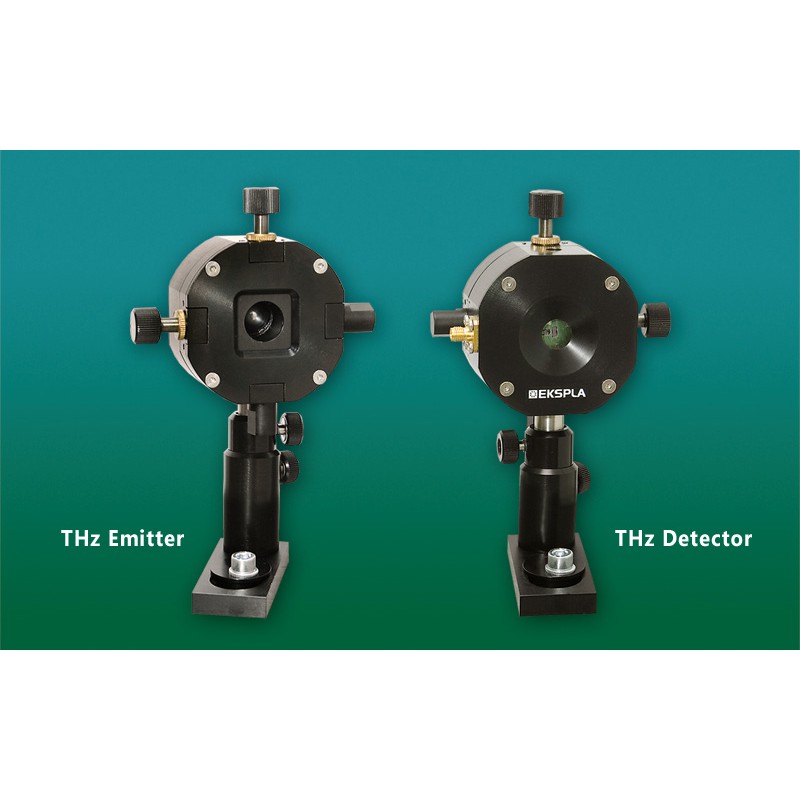
商品圖片僅供參考,選購時請再留意商品規格
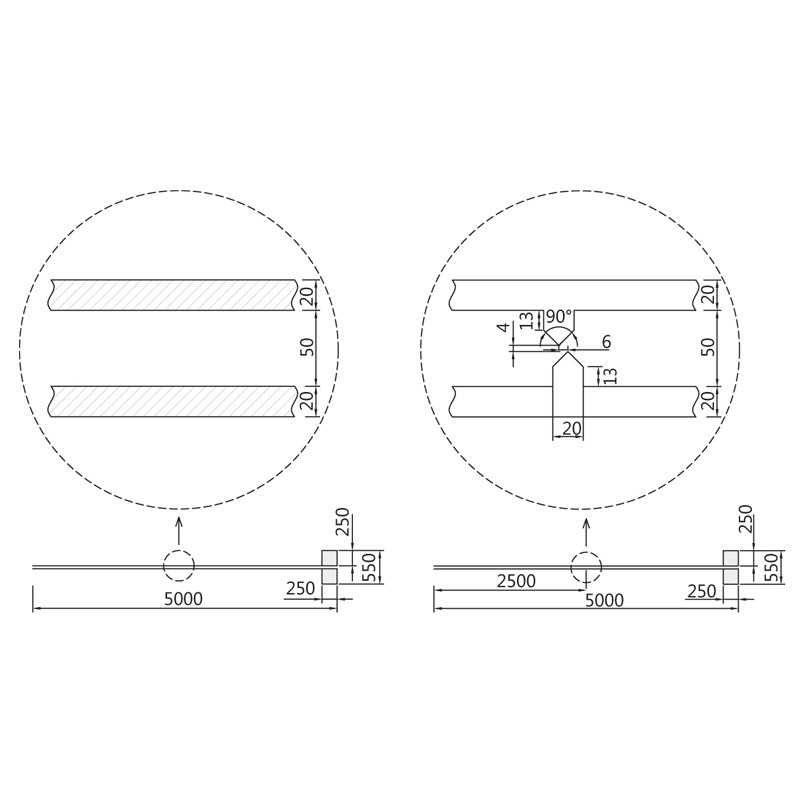
商品圖片僅供參考,選購時請再留意商品規格
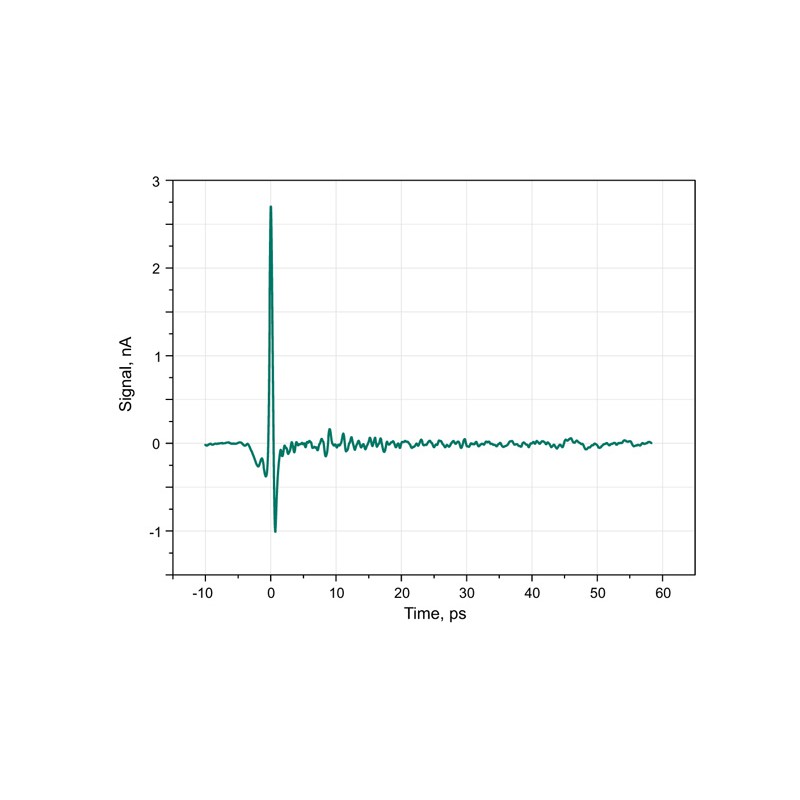
商品圖片僅供參考,選購時請再留意商品規格
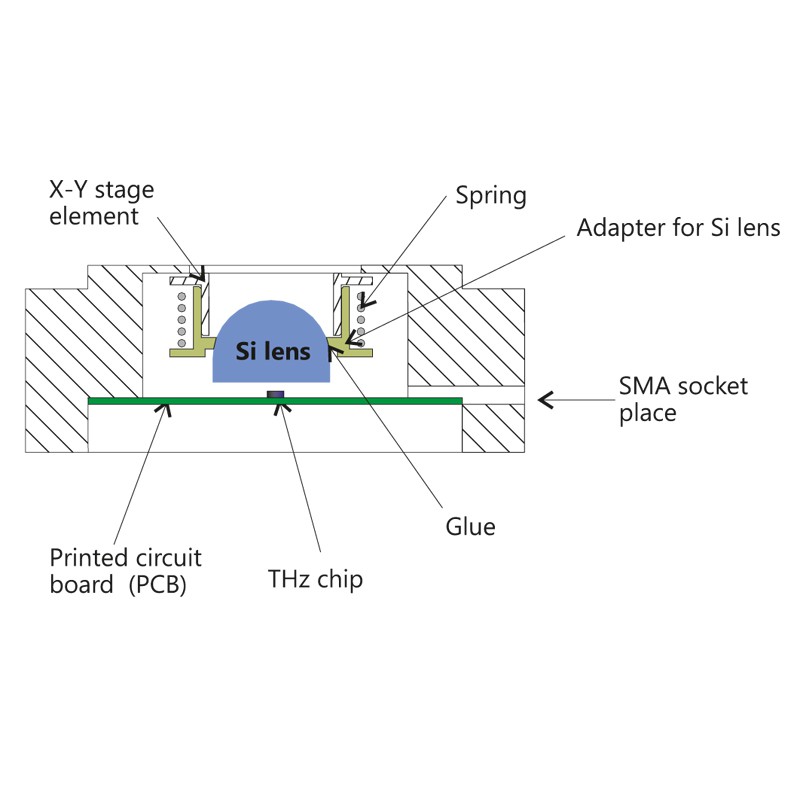
商品圖片僅供參考,選購時請再留意商品規格
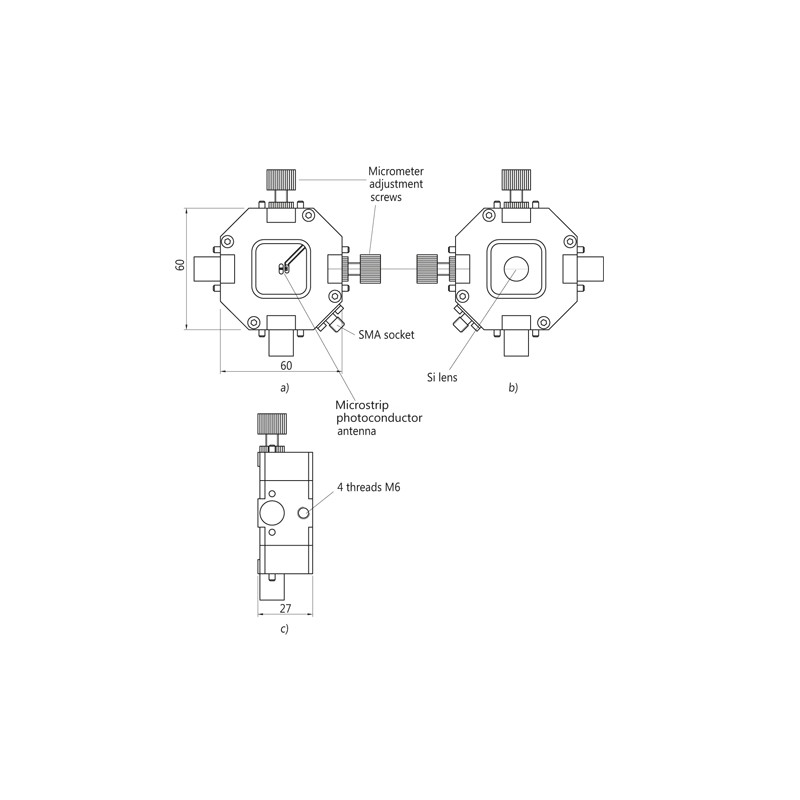
商品圖片僅供參考,選購時請再留意商品規格
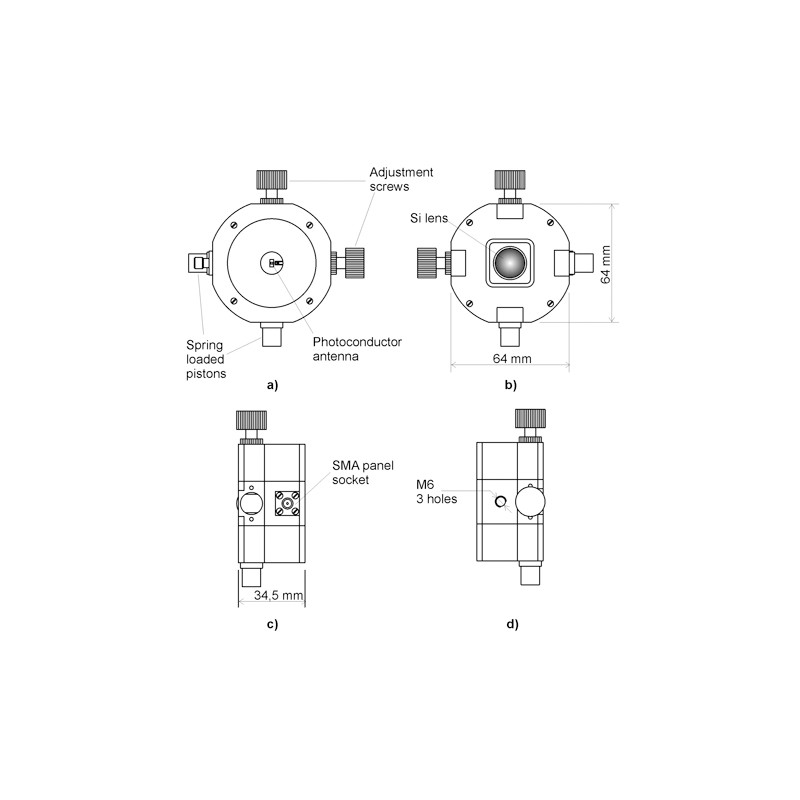
商品圖片僅供參考,選購時請再留意商品規格
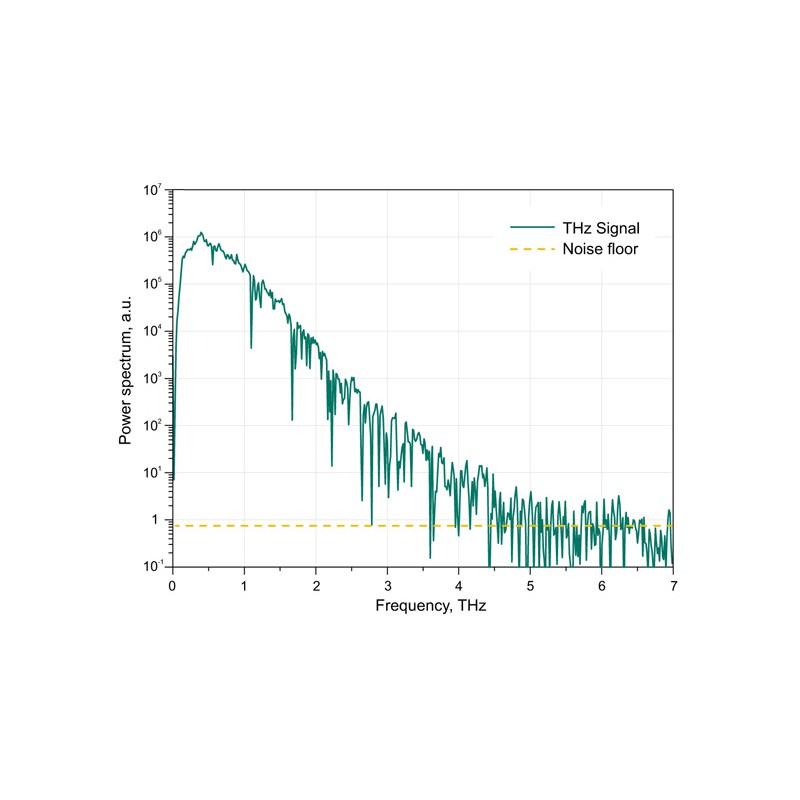
商品圖片僅供參考,選購時請再留意商品規格
EKSPLA 太赫茲發射器和探測器
商品包含多種型號及規格,請點選「立即選購規格」挑選
月結報帳 / 信用卡 / 銀行轉帳
宅配快速到貨,滿 NT$ 999 元即享免運!
選購型號
商品介紹
THz emitter and THz detector consists of a microstrip photoconductive antenna (PCA) fabricated on GaAs substrate. Depending on pump laser wavelength either low temperature grown GaAs (LT-GaAs) or GaBiAs is used as photoconductor. On its surface a coplanar Hertzian type dipole antenna structure is formed using AuGeNi metallization. Photoconductive antenna geometry, as well as the properties of photoconductor epitaxial layers are optimized for highest THz radiation output efficiency, while preserving optimal bandwidth. As a result, typical emitted THz radiation power exceeds 10 μW, when pumped by laser with 30 mW output power and 150 fs pulse duration. FWHM bandwidth of detection system exceeds 700 GHz with usable spectral range of 0.1–4 THz.
THz emitter or detector is illuminated by laser beam from panel side. Laser beams must be focused between two electrodes
The gap between metallic contacts is similar to laser spot diameter in detector case and larger – in emitter case. THz radiation is collected by integrated lens, manufactured from high-density silicon, mounted on X-Y stage. EKSPLA offers two standard types of these lenses: for collimated or diverging THz beam output. In second case PCA is placed in aplanatic point of silicon lens, which reduces THz beam aberrations. Adjustment screws are used for Si lens positioning onto PCA center. SMA sockets on back side of the housing are used for connecting DC or AC bias to THz emitter and lock-in amplifier input to THz detector. Any of three M6 holes can be used for THz emitter mounting on optical table.
FEATURE
Based on LT-GaAs or GaBiAs photoconductive material
Optimized for wavelengths around 800 nm or 1060 nm
Wide spectral range and low noise
Sub-picosecond temporal resolution
Technical passport and test report included
RELATED APPLICATIONS
Time-resolved broadband THz spectroscopy
Optical pump – THz probe spectroscopy
THz imaging
以上圖片及相關資訊由 EKSPLA提供。
若有現場安裝、說明或特殊配送需求,歡迎事前與科研市集聯繫。部分商品因供應條件限制,可能無法提供相關服務,敬請見諒。
商品資訊
商品品牌



